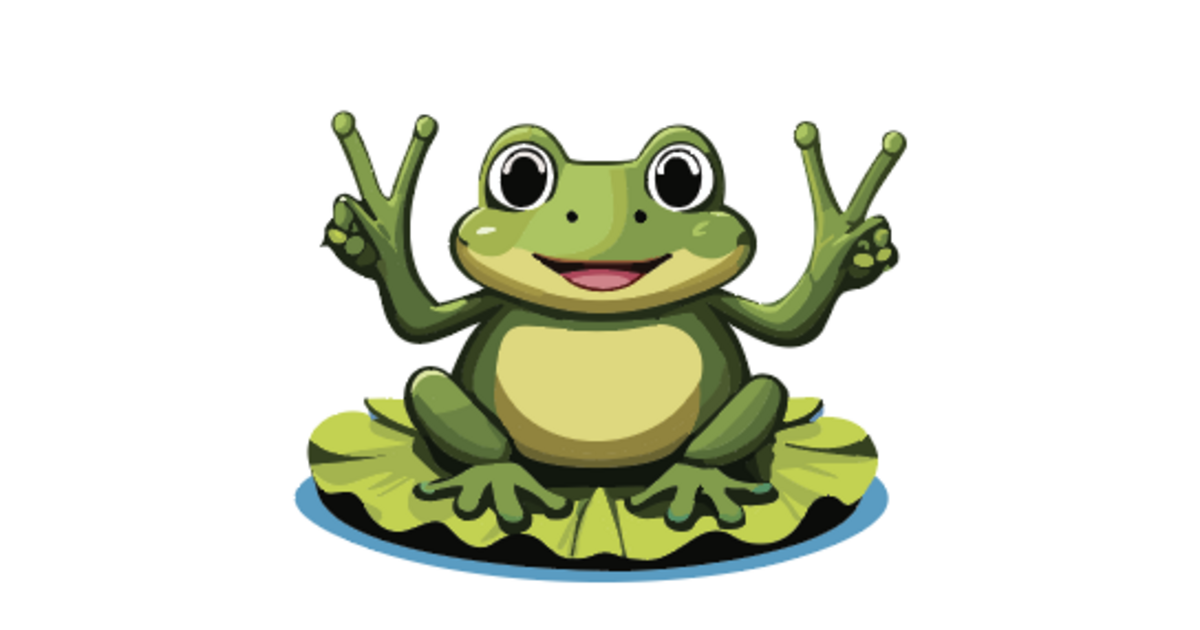I, The Sun – Blog Tour and Giveaway #HistoricalFiction #AncientHistory
He conqueredmore than forty nations and brought fear and war to the very doorstep ofEighteenth Dynasty Egypt, but he could not conquer the one woman he trulyloved.
I, The Sun
by JanetMorris
Genre: AncientEgyptian Hittite Historical Fiction
“I, theSun is a masterpiece of historical fiction. It tells a great story whileaccurately creating the world of the Hittites and their best known emperor,” —Dr. Jerry Pournelle.
SuppiluliumasI and the Amarna pharaohs:
Biographicalnovel of the greatest Hittite king.
From palacecoups in the lost city of Hattusas to treachery in the Egyptian court ofTutankhamun, I, the Sun, the saga of the Hittite King Suppiluliumas, rings withauthenticity and the passion of a world that existed fourteen hundred yearsbefore the birth of Christ.
They calledhim Great King, Favorite of the Storm God, the Valiant. Heconquered more than forty nations and brought fear and war to the very doorstepof Eighteenth Dynasty Egypt, but he could not conquer the one woman he trulyloved.
**On Sale Now!!**
Amazon* Audiobook* B&N* Bookbub* Goodreads
Best sellingauthor Janet Morris began writing in 1976 and published more than 30 novels,many co-authored with her husband Chris Morris or others. She contributed shortfiction to the shared universe fantasy series Thieves World, in which shecreated the Sacred Band of Stepsons, a mythical unit of ancient fightersmodeled on the Sacred Band of Thebes. She created, orchestrated, and edited theBangsian fantasy series Heroes in Hell, writing stories for the series as wellas co-writing the related novel, The Little Helliad, with Chris Morris. Shewrote the bestselling Silistra Quartet in the 1970s, including High Couch ofSilistra, The Golden Sword, Wind from the Abyss, and The Carnelian Throne. Thisquartet had more than four million copies in Bantam print alone, and wastranslated into German, French, Italian, Russian and other languages. In the1980s, Baen Books released a second edition of this landmark series. The thirdedition is the Author’s Cut edition, newly revised by the author for PerseidPress. Most of her fiction work has been in the fantasy and science fictiongenres, although she has also written historical and other novels. Morris haswritten, contributed to, or edited several book-length works of non-fiction, aswell as papers and articles on nonlethal weapons, developmental militarytechnology and other defense and national security topics.
Janet said:‘People often ask what book to read first. I recommend “I, the Sun”if you like ancient history; “The Sacred Band,” a novel, if you likeheroic fantasy; “Lawyers in Hell” if you like historical fantasy setin hell; “Outpassage” if you like hard science fiction; “HighCouch of Silistra” if you like far-future dystopian or philosophicalnovels. I am most enthusiastic about the definitive Perseid Press Author’s Cuteditions, which I revised and expanded.’
Website * Facebook * Twitter * Instagram * Bookbub * Amazon * Goodreads
Follow the tour HERE for special content and a giveaway!
Choice ofprint or ebook copy of I, The Sun,
$ 10 Amazongiftcard
-1 winnereach!
a Rafflecopter giveaway
What is something unique/quirky about you?
Together we breed Morgan horses. We consult with Morgan breeders to help them choose crosses to their stock to achieve a desired result.
We are also musicians; Janet plays bass guitar, Chris sings and plays guitar. We have an album on MCA records. Look for Christopher Crosby Morris on Soundcloud or N1M.com
Can you, for those who don’t know you already, tell something about yourself and how you became an author?
Janet wrote her first novel, High Couch of Silistrain 1975; a friend sent it to an agent who chose to represent her; she had already written the second book in the Silistra Quartet and her agent told her not to disclose that until they finalized the contract for the first one. When the publisher learned of the others, Bantam Books bought the succeeding three. When the fourth book was published, the series already had four million copies in print. Suddenly Janet was a novelist specializing in environmental, gender, historical and political subjects. In the process, Chris started as her editor and ultimately a co-writer. Since then, she and Chris have co-authored many books.
Who is your hero and why?
Heraclitus of Ephesus, a pre-socratic philosopher, whose Cosmic Fragments foreshadow our knowledge of reality and how to perceive it. Among his precepts is the statement that change alone is unchanging. We’ve worked Heraclitus’ fragments in here and there throughout our books.
Which of your novels can you imagine being made into a movie?
I, the Sun. Writing is very cinematic for me, very visual, so all my stories seem suited to the screen. The make or break in movies is the screenplay, what to include and more importantly what to leave out, because it’s impossible to fit an entire novel into a 2 ½ hour feature. Screen writers welcome.
What inspired you to write I, the Sun?
Years ago, I took a course in self-hypnosis and one of the exercises was to go to a deeper level and imagine meeting a person who would serve as your helper and guide. At a deep level I watched as a door like that of an elevator slowly opened to reveal someone inside. As he stepped out I couldn’t help but notice a large conical crown he wore and immediately asked him who and what he was. He replied, “I am a Hittite.” Then I asked, “What’s a Hittite?” To which he responded, “You’ll find out.” The rest as they say is history.
Convince us why you feel I, the Sun is a must read.
Only recently have archaeological efforts yielded enough biographical information in the form of writings on tablets, usually transcriptions of treaties between powers. Taking time to read these texts tells a story of an evolving empire which I find irresistible to explore. My job then becomes to share with you what made it so exciting.
Who designed your book covers?
Most of our covers, including I, the Sun, are realized by Roy Mauritsen, a gifted graphic artist.
Advice to writers?
As for advice to writers, here is all we know: write the story you want to read. Start at the beginning, go to the end, and stop. Seriously. From start to finish you must inhabit the construct in a manner that makes the reader choose to continue; if we as writers can’t feel what it’s like being there, our readers can’t either. Close your eyes, look at your feet where they are standing on the story’s ground; tell us what you see. Tell us what you hear. Ask at the end of each paragraph ‘what happens next?’. If you lose touch with it wait until you’re back inside it. Tell the story that comes to you, and from you, to us.






 The Traitor by T.J. London
The Traitor by T.J. London